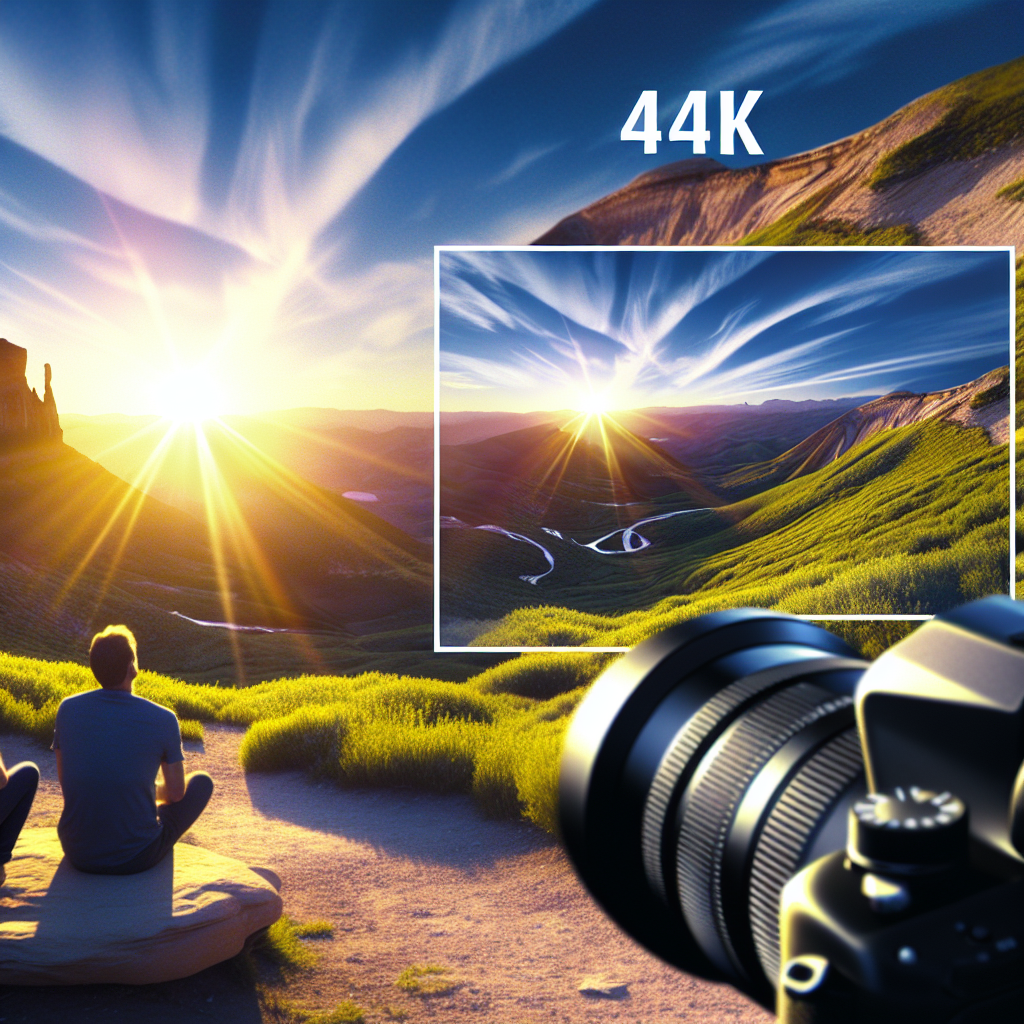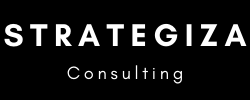Marketing Forensics
Using Paid Media to Support Your Content Strategy
-
Table of Contents
- Using Paid Media to Support Your Content Strategy
- Understanding Paid Media
- The Importance of Paid Media in Content Strategy
- Integrating Paid Media into Your Content Strategy
- 1. Identify Your Goals
- 2. Choose the Right Platforms
- 3. Create High-Quality Content
- 4. Monitor and Adjust Your Campaigns
- Case Study: Airbnb’s Paid Media Strategy
- Conclusion
Using Paid Media to Support Your Content Strategy

As the digital landscape continues to evolve, businesses are constantly seeking innovative ways to reach their target audience and drive conversions. One such method that has proven to be effective is the use of paid media to support content strategy. This article delves into the concept of paid media, its benefits, and how it can be integrated into your content strategy to maximize results.
Understanding Paid Media
Paid media refers to any form of marketing that requires payment to place your content in front of your target audience. This includes platforms such as Google AdWords, social media advertising, sponsored posts, display ads, and more. The primary goal of paid media is to extend your brand’s reach, increase visibility, and ultimately drive more traffic to your website or landing page.
The Importance of Paid Media in Content Strategy
While organic reach remains a crucial aspect of digital marketing, the reality is that it’s becoming increasingly challenging to reach your target audience without some form of paid promotion. Here are some reasons why paid media is essential in your content strategy:
- Increased Visibility: Paid media allows your content to be seen by a larger audience, beyond your existing followers or subscribers.
- Targeted Reach: Most paid media platforms offer advanced targeting options, allowing you to reach the right people at the right time.
- Measurable Results: With paid media, you can track and measure the performance of your campaigns, providing valuable insights for future strategies.
Integrating Paid Media into Your Content Strategy
Now that we understand the importance of paid media, let’s explore how it can be integrated into your content strategy:
1. Identify Your Goals
Before launching any paid media campaign, it’s crucial to identify your goals. Are you looking to increase brand awareness, drive traffic to your website, generate leads, or boost sales? Your goals will guide your strategy and help you choose the right platforms and formats for your paid media campaigns.
2. Choose the Right Platforms
Not all paid media platforms are created equal. Each has its strengths and weaknesses, and the best choice depends on your target audience, budget, and goals. For instance, Google AdWords might be a good choice for businesses targeting a broad audience, while LinkedIn might be more suitable for B2B companies.
3. Create High-Quality Content
Regardless of the platform you choose, the success of your paid media campaign largely depends on the quality of your content. Ensure your content is engaging, relevant, and provides value to your audience. This will not only increase the chances of your content being shared but also improve your brand’s reputation.
4. Monitor and Adjust Your Campaigns
Paid media campaigns require constant monitoring and adjustment to ensure they’re delivering the desired results. Use the analytics provided by the platform to track the performance of your campaigns and make necessary adjustments.
Case Study: Airbnb’s Paid Media Strategy
Airbnb provides a perfect example of how paid media can be used to support content strategy. The company uses a mix of paid search, social media advertising, and content marketing to reach its target audience. For instance, Airbnb uses Google AdWords to target users searching for accommodation in specific locations, while its Instagram ads showcase beautiful properties to inspire users to book their next trip.
Moreover, Airbnb’s content strategy is centered around storytelling. The company shares inspiring stories of hosts and travelers from around the world, creating a sense of community and inspiring users to explore new destinations. This content is then promoted through paid media to reach a larger audience.
The result? Airbnb has grown into a global brand with millions of listings in over 190 countries. This success can be largely attributed to its effective use of paid media to support its content strategy.
Conclusion
In conclusion, paid media plays a crucial role in today’s content strategy. It offers businesses the opportunity to reach a larger, more targeted audience, increase visibility, and drive more traffic to their websites. However, to maximize the benefits of paid media, it’s essential to have clear goals, choose the right platforms, create high-quality content, and continuously monitor and adjust your campaigns. By integrating paid media into your content strategy, you can take your digital marketing efforts to the next level.
